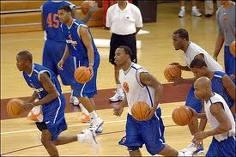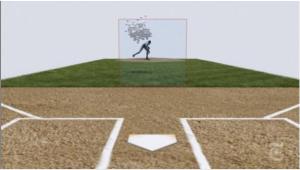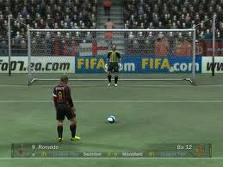 The efficient market hypothesis (EMH) says, in its strong form, that the price of an assets always perfectly reflects the value of that asset. The idea is that all the information about an asset–public and private–gets translated into market activity, which is a kind of revelation of the asset’s real value. It’s an elegant, if contentious, theory.
The efficient market hypothesis (EMH) says, in its strong form, that the price of an assets always perfectly reflects the value of that asset. The idea is that all the information about an asset–public and private–gets translated into market activity, which is a kind of revelation of the asset’s real value. It’s an elegant, if contentious, theory.
It was amusing to see the story the other day about how speculation that Lebron James was going to sign with the Knicks drove the stock price of Madison Square Garden (MSG) up 6.4%
http://dealbook.blogs.nytimes.com/2010/07/08/lebron-knicks-speculation-pumps-up-msg-stock/ .
I guess this is a good example of how the EMH is supposed to work: someone finds out a secret (Lebron is signing with the Knicks), realizes the financial consequences (tens, if not hundreds, of millions more in revenue for MSG), realizes MSG stock is under-valued, and buys a bunch; other people see this and jump on the bandwagon. At some point, the stock price levels off at its true value.
Let’s see what happens to MSG stock today. If it goes down a bunch, I guess all those EMH’ers didn’t have the true value right yesterday.



